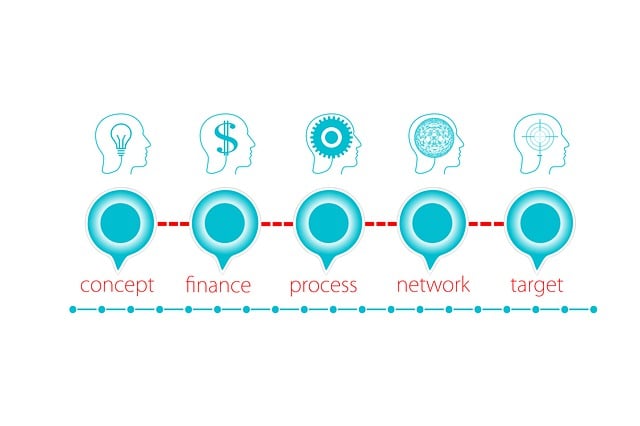In today's competitive business environment, balancing capital needs for innovation is crucial for sustained success. Organizations must strategically allocate resources, considering both short-term operational stability and long-term growth opportunities. This involves assessing market trends, technological advancements, and future goals to identify innovative projects with high return on investment (ROI). By integrating risk management, dynamic financial forecasting, and scenario planning, businesses can effectively direct capital towards initiatives that drive competitiveness, efficiency, and new revenue streams while preserving operational health.
In today’s competitive landscape, understanding and balancing capital needs for innovation is crucial for business growth. This article guides you through a strategic approach to assess and allocate resources effectively. We explore key sections including recognizing and prioritizing short-term versus long-term requirements, meticulously evaluating risk and return on investment (ROI), and implementing strategic planning for sustainable capital allocation. By the end, you’ll be equipped with insights to make informed decisions that drive successful innovation initiatives.
- Understanding Capital Needs for Innovation
- Balancing Short-term vs Long-term Requirements
- Assessing Risk and Return on Investment (ROI)
- Strategic Planning for Sustainable Capital Allocation
Understanding Capital Needs for Innovation

In today’s rapidly evolving business landscape, understanding and effectively managing capital needs for innovation is crucial for any organization aiming to stay competitive. Balancing capital needs involves a delicate act of allocating resources strategically to support groundbreaking ideas while maintaining operational stability. It’s not merely about securing funds; it’s about making informed decisions on where and how to invest for maximum impact.
This process necessitates a comprehensive evaluation of current and future business objectives, market trends, and technological advancements. Organizations must identify areas where innovation can drive growth, enhance efficiency, or create new revenue streams. By aligning capital allocation with these strategic goals, businesses can ensure that their investment in innovation is both targeted and sustainable, fostering a robust environment for long-term success.
Balancing Short-term vs Long-term Requirements

When assessing capital needs for innovation, it’s crucial to strike a delicate balance between short-term and long-term requirements. Organizations often face the challenge of allocating resources efficiently, especially when navigating rapid technological advancements and market shifts. In the short term, immediate funding may be directed towards stabilizing operations, maintaining current market share, or addressing pressing operational gaps. However, to foster sustainable growth and adaptability, a significant portion of capital needs to be allocated for long-term strategic initiatives, such as research and development, digital transformation, or expanding into new markets.
This balancing act involves careful planning and prioritization. Companies should conduct thorough analyses to identify areas where short-term investments can lay the groundwork for future innovations while not neglecting ongoing operational demands. Effective financial forecasting and scenario planning enable organizations to allocate resources dynamically, ensuring they remain competitive in both the present and future landscapes. By harmoniously integrating short-term needs with long-term vision, businesses can optimize their capital utilization, drive growth, and stay ahead of the curve.
Assessing Risk and Return on Investment (ROI)

When assessing capital needs for innovation, it’s crucial to balance risk and return on investment (ROI). This involves a thorough analysis of potential outcomes, market trends, and competitive landscapes. By evaluating these factors, businesses can make informed decisions about allocating resources, ensuring that investments in new ideas and technologies are not only forward-thinking but also financially prudent.
A strategic approach to balancing capital needs involves setting clear goals and metrics for ROI. This includes identifying milestones, establishing budget allocations, and regularly monitoring performance. Such practices allow companies to adapt strategies as needed, ensuring that innovations remain aligned with overall business objectives and financial health.
Strategic Planning for Sustainable Capital Allocation

Strategic planning is a cornerstone in ensuring sustainable capital allocation for innovation. It involves a holistic evaluation of an organization’s current financial position, future goals, and emerging trends in the market. By balancing capital needs across various strategic initiatives, businesses can allocate resources effectively while managing risks. This process requires a clear vision and well-defined objectives, allowing companies to prioritize investments that drive growth, enhance competitiveness, and adapt to changing landscapes.
A crucial aspect of strategic planning is forecasting and scenario analysis. Businesses should anticipate future capital requirements by considering market dynamics, technological advancements, and potential disruptions. Through this proactive approach, organizations can balance their capital needs by preparing for both short-term and long-term financial demands. It enables companies to make informed decisions on investments, ensuring resources are directed towards projects that offer the highest return on investment and contribute to sustained innovation.






